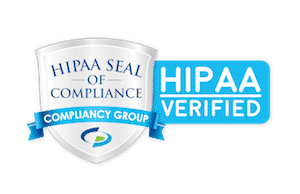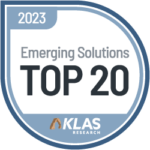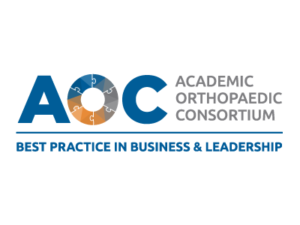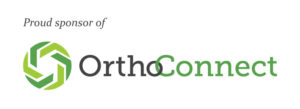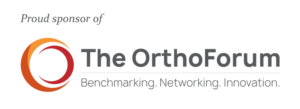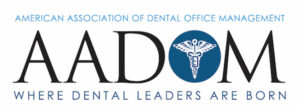Marketing leaders at academic medical centers often face a recurring frustration: their most credentialed physicians are also the least likely to engage with marketing efforts.
That reluctance carries real costs. Gallup research shows that one engaged physician can generate an average of $460,000 in additional patient revenue each year. For academic medical centers, the lack of faculty participation represents millions in missed opportunities.
Why Faculty Resist Marketing
Faculty skepticism is rarely about marketing itself—it’s usually about how it’s executed. Common reasons for faculty resistance include:
- Imprecise targeting creates busywork. Traditional healthcare campaigns tend to cast a wide net, drawing in inquiries that don’t actually align with faculty expertise. It results in neurosurgeons fielding questions about routine headaches, while oncologists get calls about preventive screenings. Instead of driving relevant cases, marketing can feel like an added administrative burden.
- Success metrics feel misaligned. Marketing teams celebrate hits like web traffic or social engagement. Faculty, however, care about case complexity, referral appropriateness, and opportunities for their subspecialty skills. When performance indicators don’t reflect clinical priorities, marketing gets dismissed as peripheral rather than strategic.
- Compliance risks cause hesitation. Academic medical centers juggle complex regulatory frameworks—HIPAA, FERPA, and research ethics. Faculty fear that participating in outreach could inadvertently cross compliance boundaries or conflict with their academic obligations.
What Changes the Equation
The academic medical centers that achieve genuine faculty engagement do so by addressing these concerns directly. They adopt approaches that reflect the precision and rigor of the faculty’s own evidence-driven culture.
- Predictive Patient Targeting reduces noise. Instead of aiming broad demographic messages at the public, advanced models identify individuals most likely to need specific subspecialty services. This ensures that marketing drives ideal patient referrals for the kinds of complex cases faculty want to treat.
- Compliance-first platforms minimize risk. Tools designed for academic environments incorporate safeguards for HIPAA, FERPA, and research oversight, so faculty can contribute confidently without worrying about policy conflicts.
- Outcome metrics align with clinical priorities. Rather than just counting new patient visits, integrated systems can track patient acuity, referral appropriateness, case complexity, and patient lifetime value. Faculty can see how marketing contributes directly to their professional and clinical goals.
The Competitive Reality
Academic medical centers compete with community hospitals, which often operate without the added burden of research and education missions. This makes faculty engagement not just a nice-to-have, but a competitive differentiator.
When faculty see marketing as a partner that brings them the right patients, safeguards their compliance responsibilities, and demonstrates meaningful impact on clinical care, buy-in increases substantially.
In turn, academic medical centers unlock a competitive strength that community hospitals can’t imitate: the ability to combine subspecialty depth, research-driven expertise, and faculty advocacy into a powerful growth engine.



